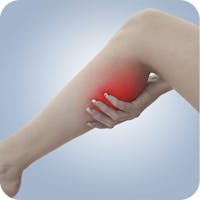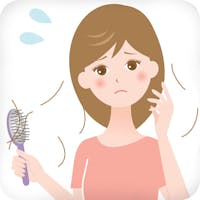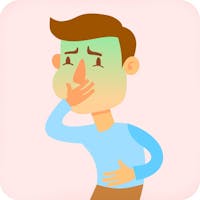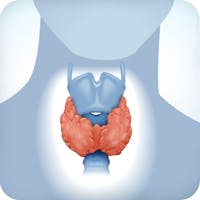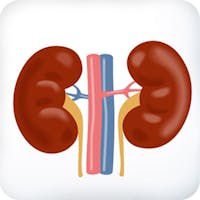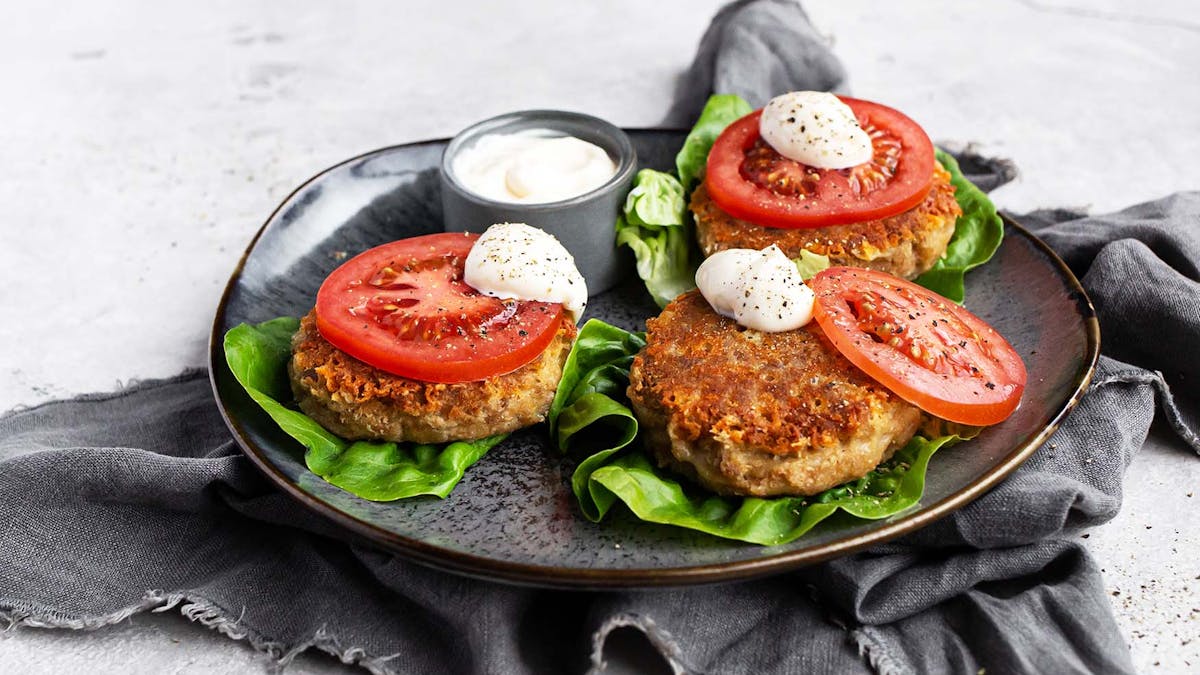Keto rash – why some people itch on low carb, and what to do about it
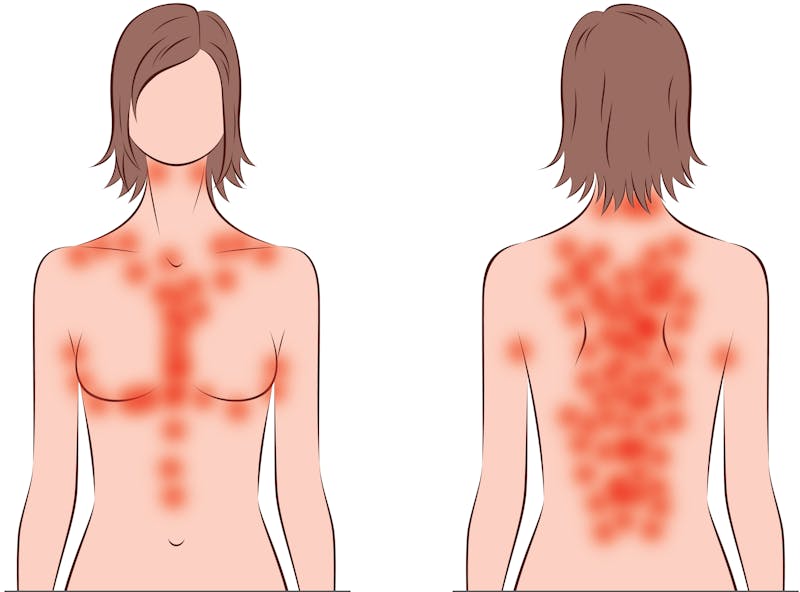
This is not a common problem on low carb or keto, but for the few people experiencing it, it can be really annoying: Itching.
This itching – sometimes called the “keto rash“
What is the reason for this problem, and how can it be cured?
There are many posts about this online, and many different theories. The time has come to make it simple, Diet Doctor style. Here’s everything you need to know.
The cause of the keto rash



Here are the clues, and the conclusion:
- The itching usually starts soon after people get into ketosis. It stops within a day or so if people eat more carbs and exit ketosis.
- It can often get worse in hot weather, or after exercising.
- The usual distribution of the itch and rash matches areas where sweat can accumulate.
- When in ketosis sweat can contain the ketone body acetone.
- Acetone can be irritating at high concentrations.
I think there is good reason to believe that the itching that some people experience in ketosis is caused by ketones in sweat, perhaps as this dries on the body.
How to cure the keto rash
There are several things you can do to cure keto rash:
- Clothing: Wear comfortable clothing for the climate, so that you don’t sweat more than necessary. Use air conditioning when appropriate.
- Shower: After exercising it might help to take a shower – after you’re finished sweating.
- Change exercise plans: If the itching is really troubling you might want to skip exercise for a few days, or do something like brief weight training that does not produce perspiration.
- Exit ketosis: If the the steps above are not effective enough, exiting ketosis will reliably cure the issue within a day or two. This can be done by eating about 50 grams of carbs or more every day. To still get most of the benefits of a keto diet – at least for weight loss and type 2 diabetes reversal – you can do a more liberal low-carb diet (50-100 grams of carbs per day) and add intermittent fasting.
- Other treatments: There are many other treatments suggested online; like antibiotics taken for weeks or months and/or special creams. These will likely offer temporary relief at best.We definitely advise not to use oral antibiotics, as the side effects and risks are much worse than the doubtful and temporary benefits. Steroids, anti-fungal creams and anti-histamines appear not to be effective at all. There’s a safe, simple and free solution if you need it – number four, above. Use that instead.
What’s next?
If you get rid of the keto rash by exiting ketosis, can you ever use ketosis again? The answer is likely yes.
If you felt great in ketosis and had a lot of benefits, you may want to try again. The keto rash may stay away. Some people appear to get it only once, or only early in ketosis, when first starting out on a low-carb diet (given time, the body may excrete fewer ketones in the sweat). Remember, most people in ketosis don’t get the rash at all.
Keep the advice above in mind. And if all else fails, just eat a bit more carbs and the problem will go away.
Comments
Have you experienced keto rash? Do you want to share what helped and what did not? Feel free to leave a comment below!
Potential other side effects on low carb
Low-carb myths
More
Keto Q&A



- Is a keto diet safe?
- How do you know when your body is in ketosis?
- What foods can you eat on a keto diet?
- Is a keto diet safe for the kidneys?
- What can you drink on the keto diet?
- Can I have fruit on a keto diet?
- Is a keto diet safe for high cholesterol?
- Should you aim for high ketone levels to speed up weight loss?

